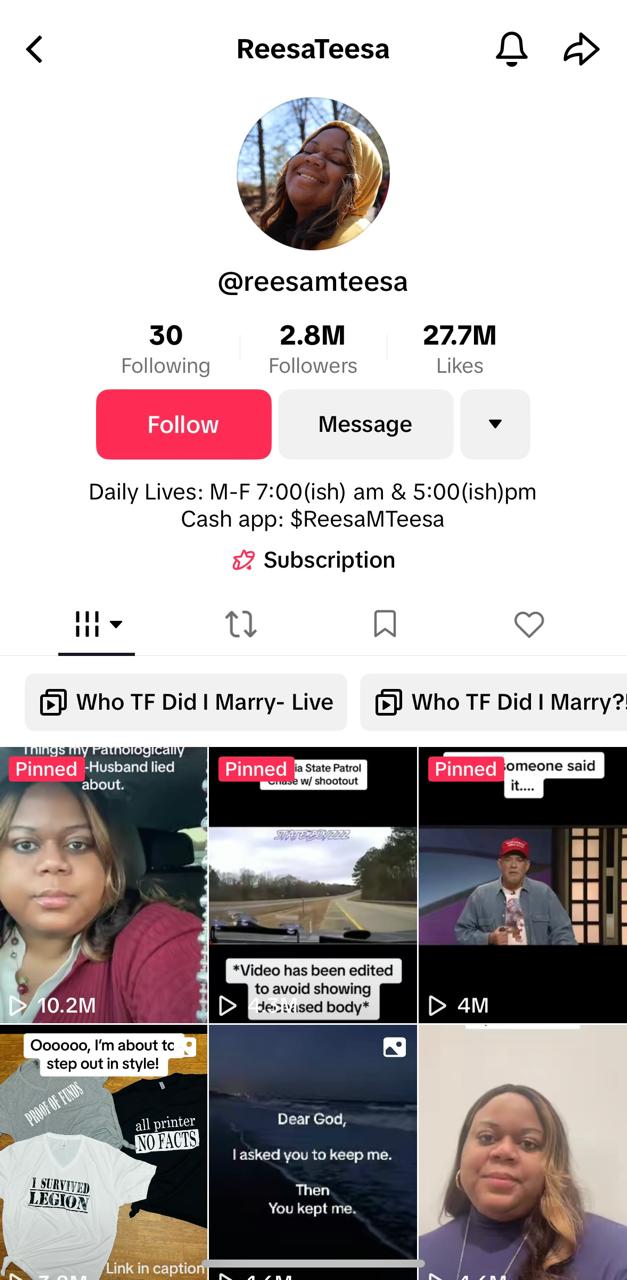In a paradigm-shifting revelation, TikTok influencers and celebrities are overtaking journalists as the primary source of news for young individuals, according to a report published by the UK-based Reuters Institute. The study unveiled that a substantial 55% of TikTok and Snapchat users, along with 52% of Instagram users, acquire their news from "personalities." This figure surpasses the 33-42% who rely on mainstream media and journalists on these platforms, which predominantly engage the younger demographic.
The insights stem from interviews conducted across 46 countries, involving around 94,000 respondents, by the Reuters Institute for the Study of Journalism, affiliated with the University of Oxford. The report emphasizes the evolving dynamics of news consumption, highlighting the transition from traditional journalism to emerging influencer-driven platforms.
"While mainstream journalists often lead conversations around news in Twitter and Facebook, they struggle to get attention in newer networks like Instagram, Snapchat, and TikTok," the report said.
As lead author Nic Newman pointed out, personalities like Britain's Matt Welland, with his 2.8 million TikTok subscribers, and celebrities such as footballer Marcus Rashford, who championed a 2020 campaign for free school meals, are shaping the information landscape for younger generations. For them, news encompasses a wide array of subjects, extending beyond politics to encompass sports, entertainment, celebrity gossip, current affairs, culture, arts, and technology.
While Facebook still maintains its status as a primary news source worldwide, its influence has waned over time, dropping from 42% to 28% in terms of news usage. This transformation reflects Facebook's strategic shift towards prioritizing personal connections over news sharing. Younger audiences, meanwhile, lean more towards video-oriented platforms like TikTok and YouTube.
TikTok has remarkably penetrated the 18-24 age group, reaching 44% of them, with 20% of this demographic sourcing their news from the platform—a five percent increase from the previous year. Notably, traditional news outlets face challenges as fewer individuals directly access their websites, relying more on social media links.
Rasmus Kleis Nielsen, the Director of the Reuters Institute, indicated that this transformation represents a more profound shift for the news industry compared to the transition from print to digital. He noted that legacy media confronts a continuously evolving digital landscape driven by younger generations' distinct preferences and values.
Amidst this transformation, subscribers and ad-based media firms face challenges, with 39% of subscribers having cancelled or renegotiated their subscriptions. Yet, the percentage of people paying for news across surveyed countries remained relatively stable at 17%, despite the changing news landscape.






